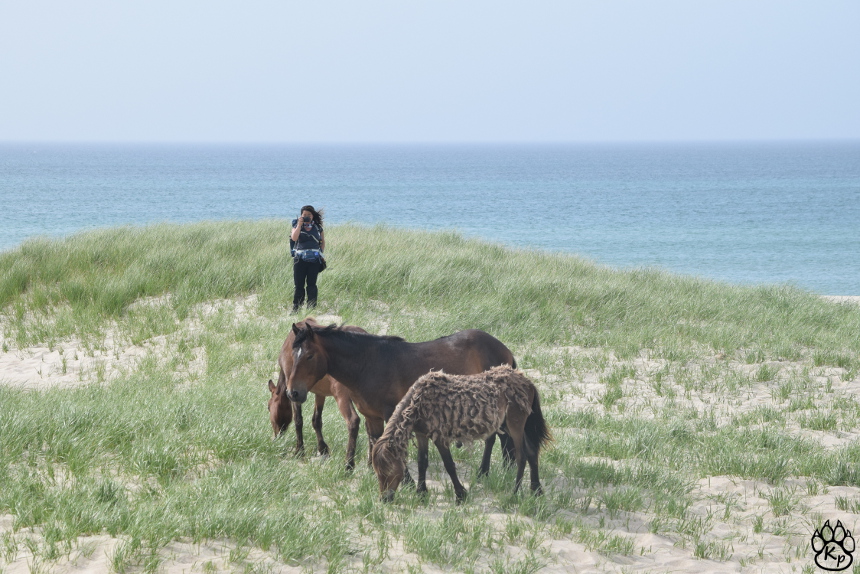
Mornings around here are not the usual 5am alarm of field work I had to get used to, which is great! So, after a 7.30am wake up and a rich breakfast that will need to sustain us for hours of walking, we pack the bags will all field work essentials: (in order of importance) water, snacks and sunscreen, notebook, camera, GPS and radio, and all the sampling kits.
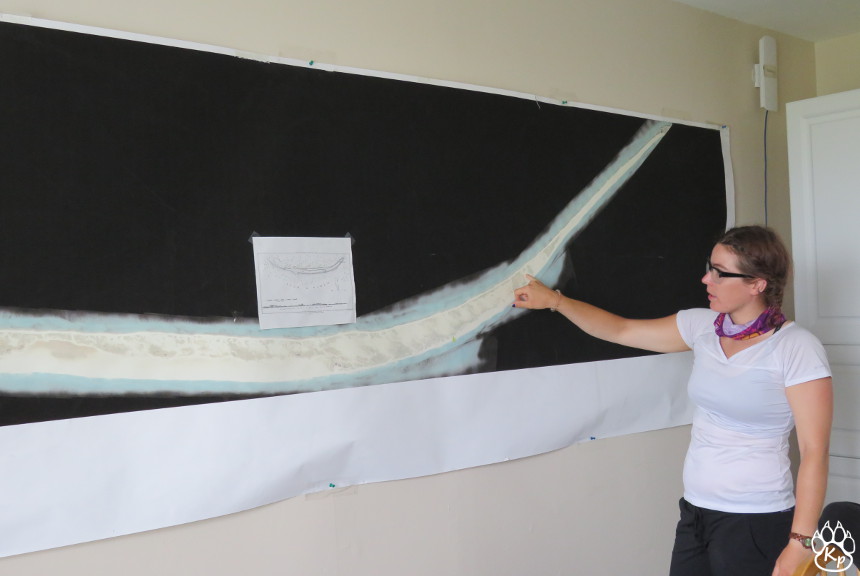
After a brief meeting in front of the island’s map, to plan the route and meeting points, we’re out of the house and in the garage to get the dune buggy and ATVs. After a quick fuel up we drive off towards the beach: the island’s highway. If we go towards south beach we have to be very careful because a colony of terns decided to settle right on the road. In the early season the chicks are leaving the nest and the road is full of fledglings chirping for food.
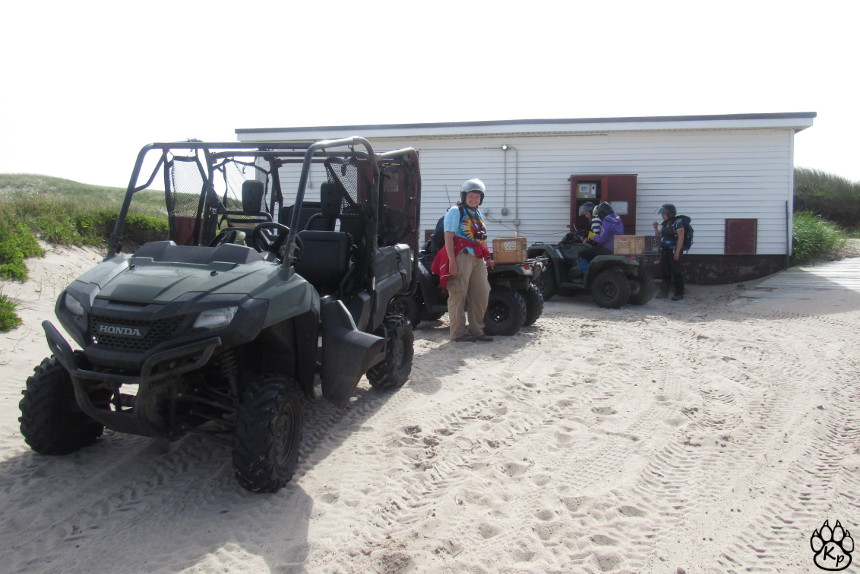
The island has been arbitrarily divided into seven sections for field work, so that four people can walk a section in a day and survey all horses present. We usually drop two people at the beginning of the section and two at the end and the last person brings the buggy towards the middle of it, then we zig zag across the island moving towards the buggy. When we find a band of horses, we note down the time and location and who is in the group. Horses on the island live in harems, with a stallion and several mares with their young. Every year, in late spring to mid-summer, mares give birth to a foal that will live with its mum for around 3 years. At that point, the young leave the band, females join a new group while males form bachelor herds until they are strong enough to compete with other males and get control of a harem.
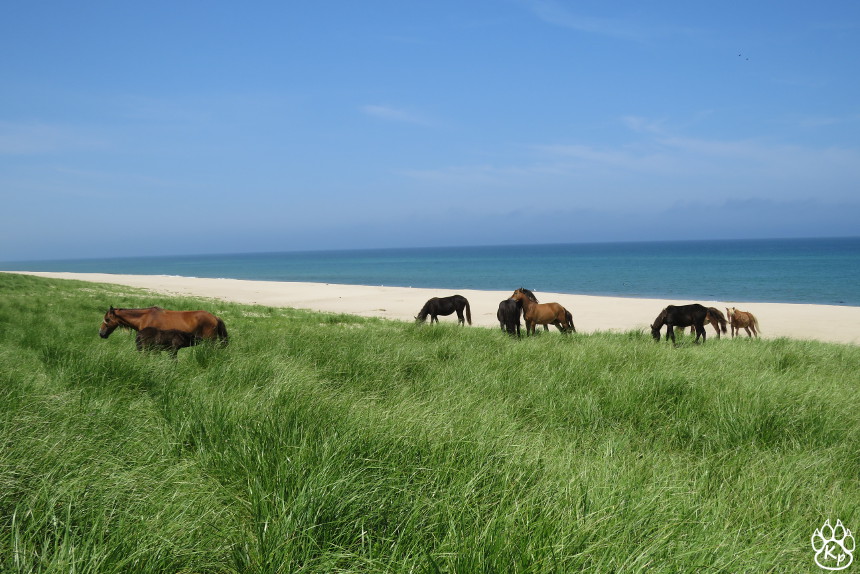
Then we take a lot of pictures of each horse to allow us to recognize them year after year. The easiest traits to distinguish horses are the colour of the coat and the mane, the markings on face and legs and other coloured spots. If horses look very similar, you can compare the shape and size of the leg chestnuts, which are the scars on the internal side of the legs, the shape of the nostrils and the location of the whiskers on the nose. We also collect samples of their faeces, always linking it to the individuals, to assess parasite load and for DNA analysis. Separate studies within our group also collect data on body size and condition, risk aversion and behavioural patterns of the horses.
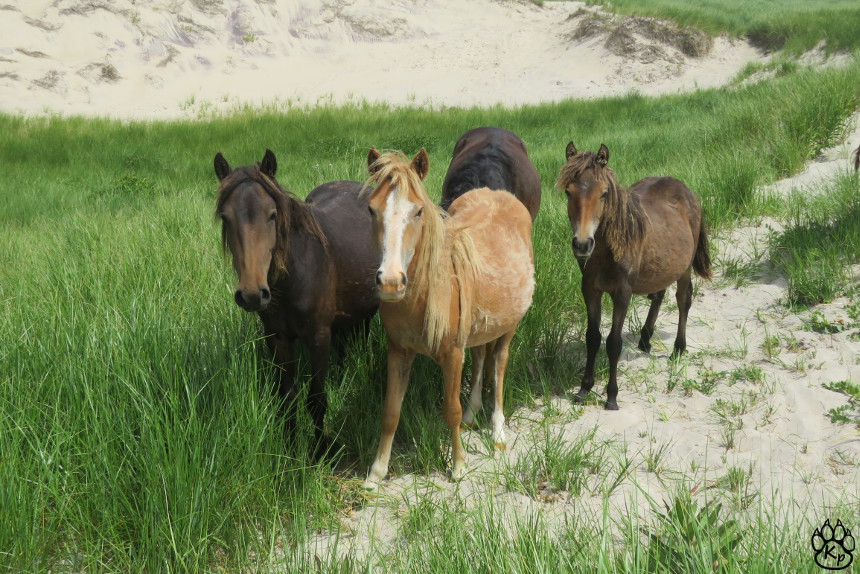
After 6 or 7 hours in the field, we meet up at the vehicles and drive back to main station, where we start straight away on the lab work for parasite analysis of the stools. After that we download and sort all our pictures in separate folders and transcribe our data. After a long exhausting day, it’s a quick dinner, quick shower and then we collapse in bed.